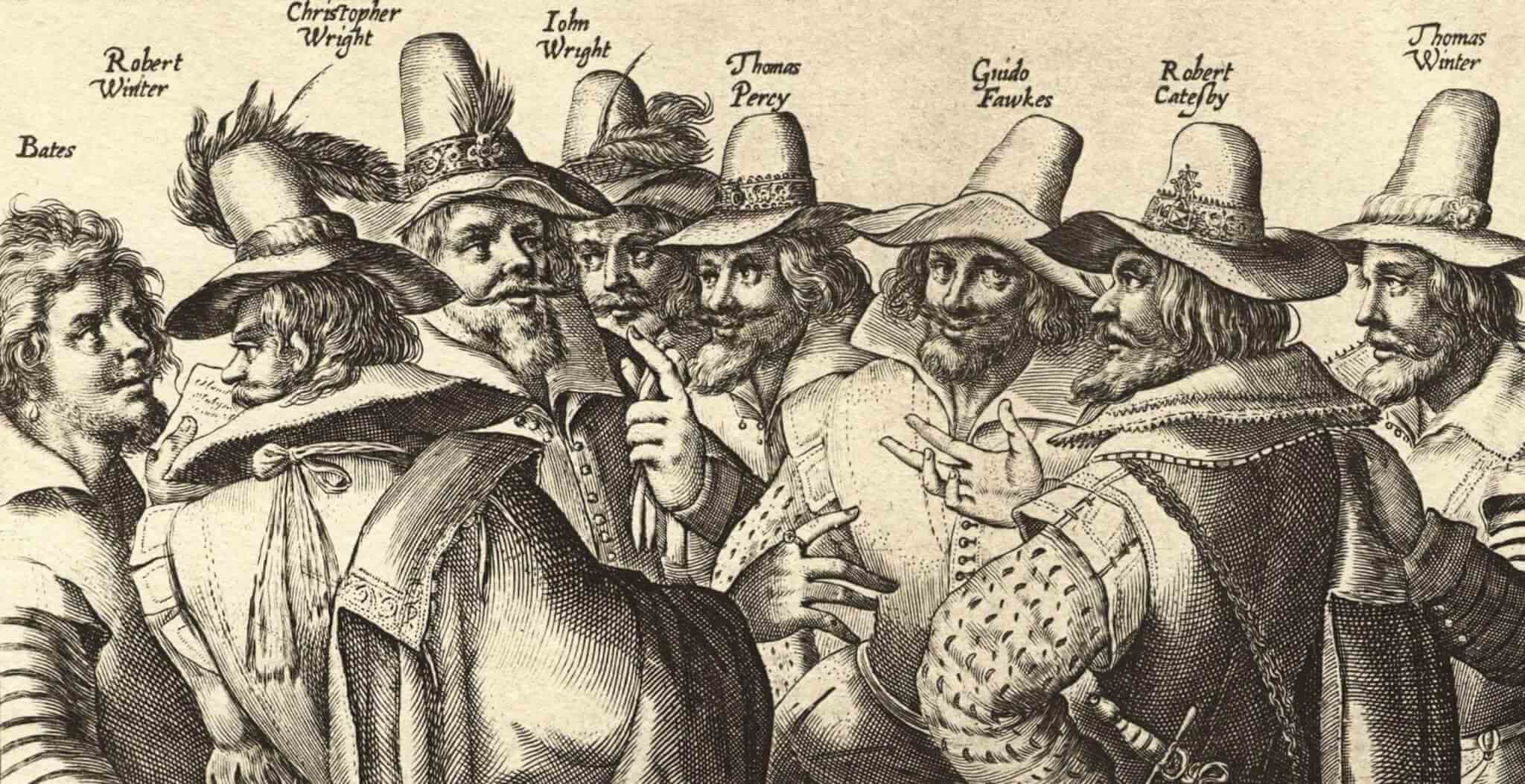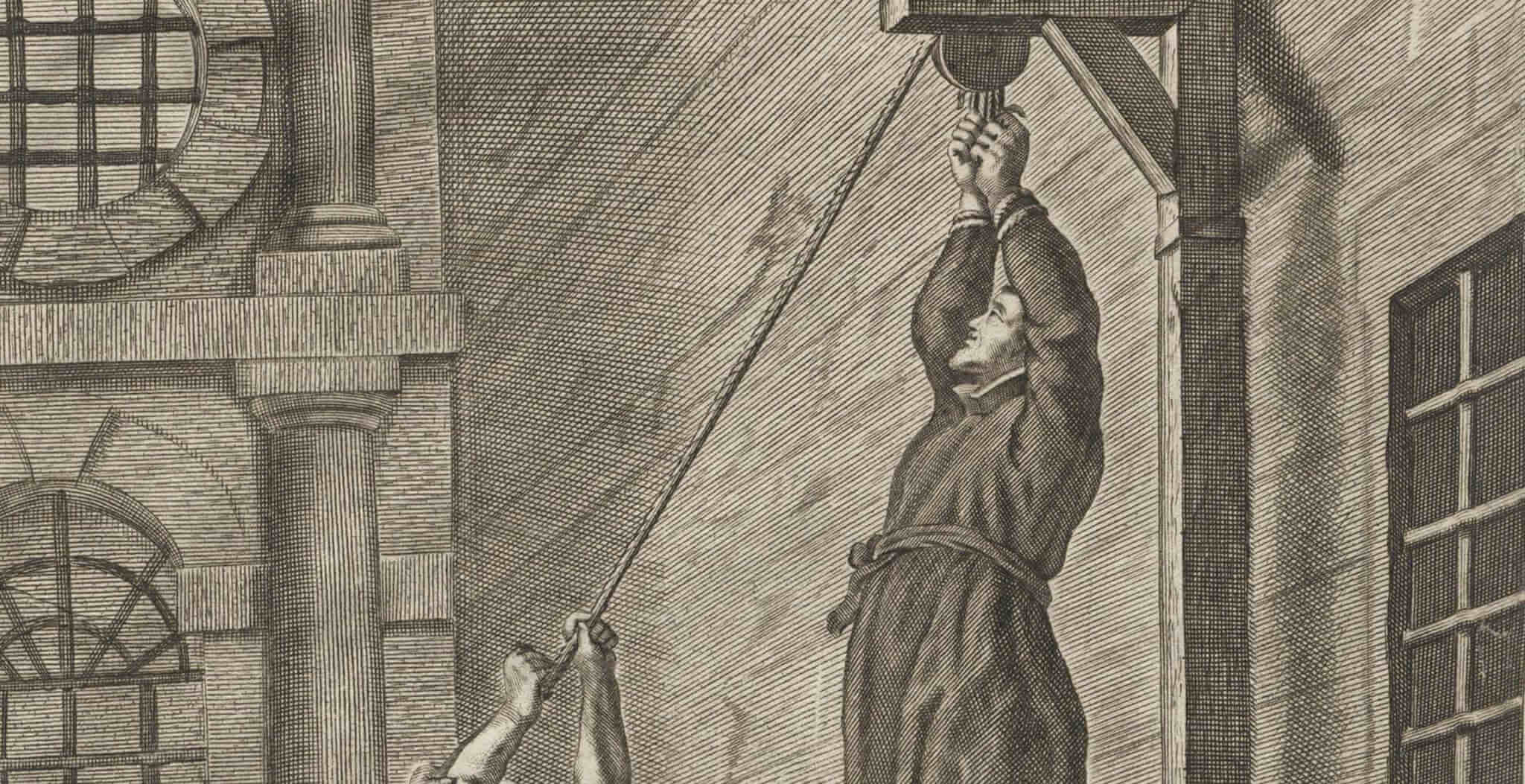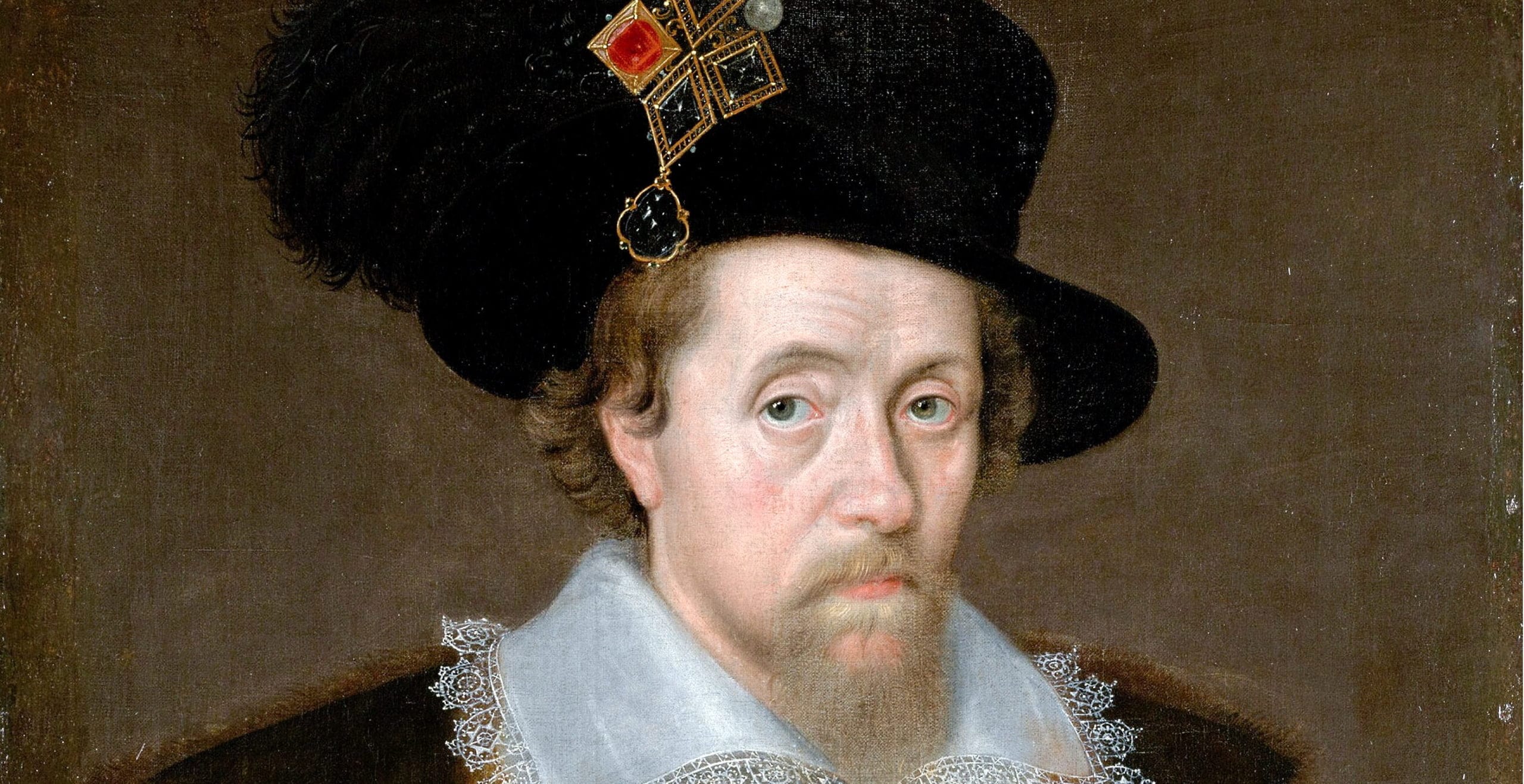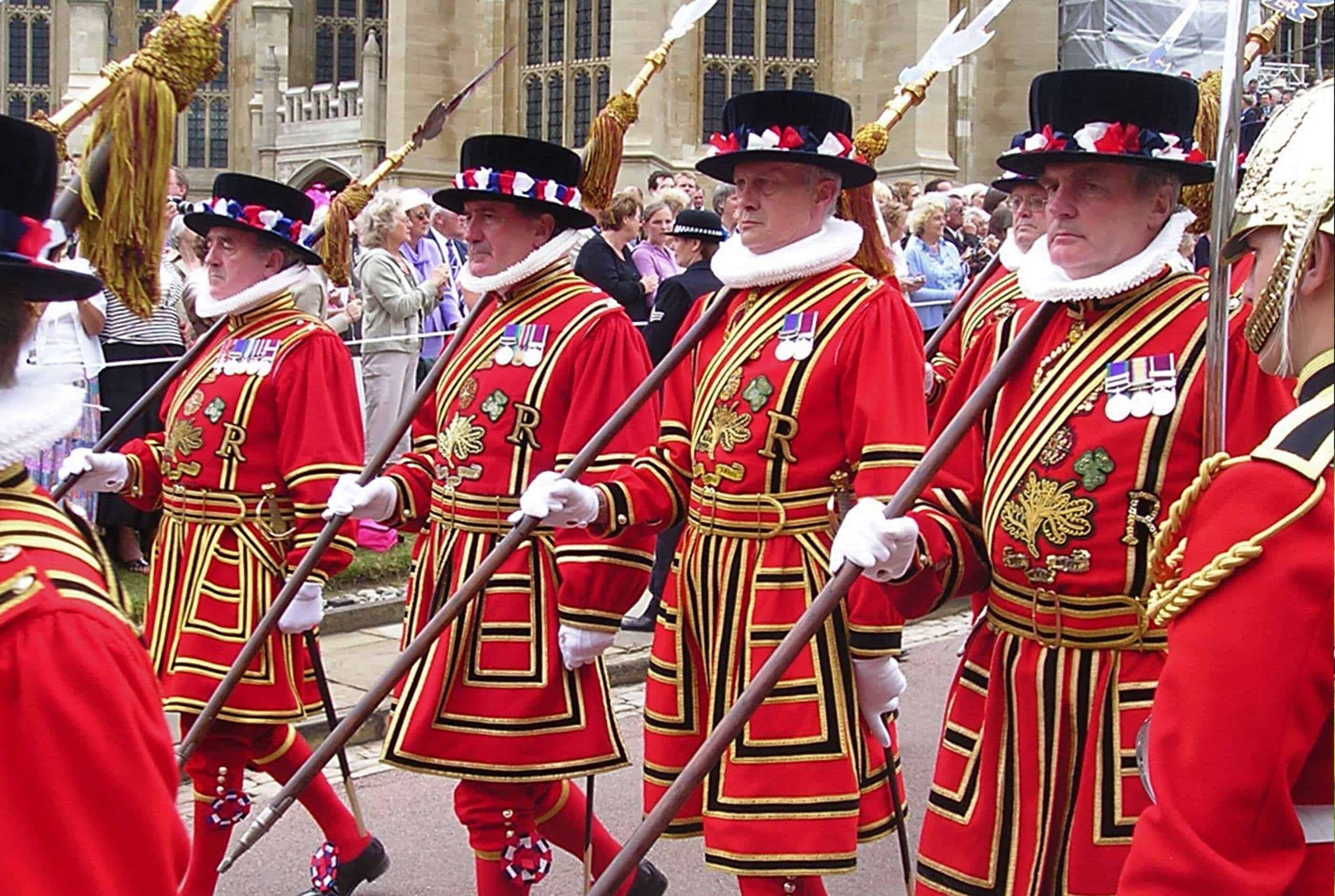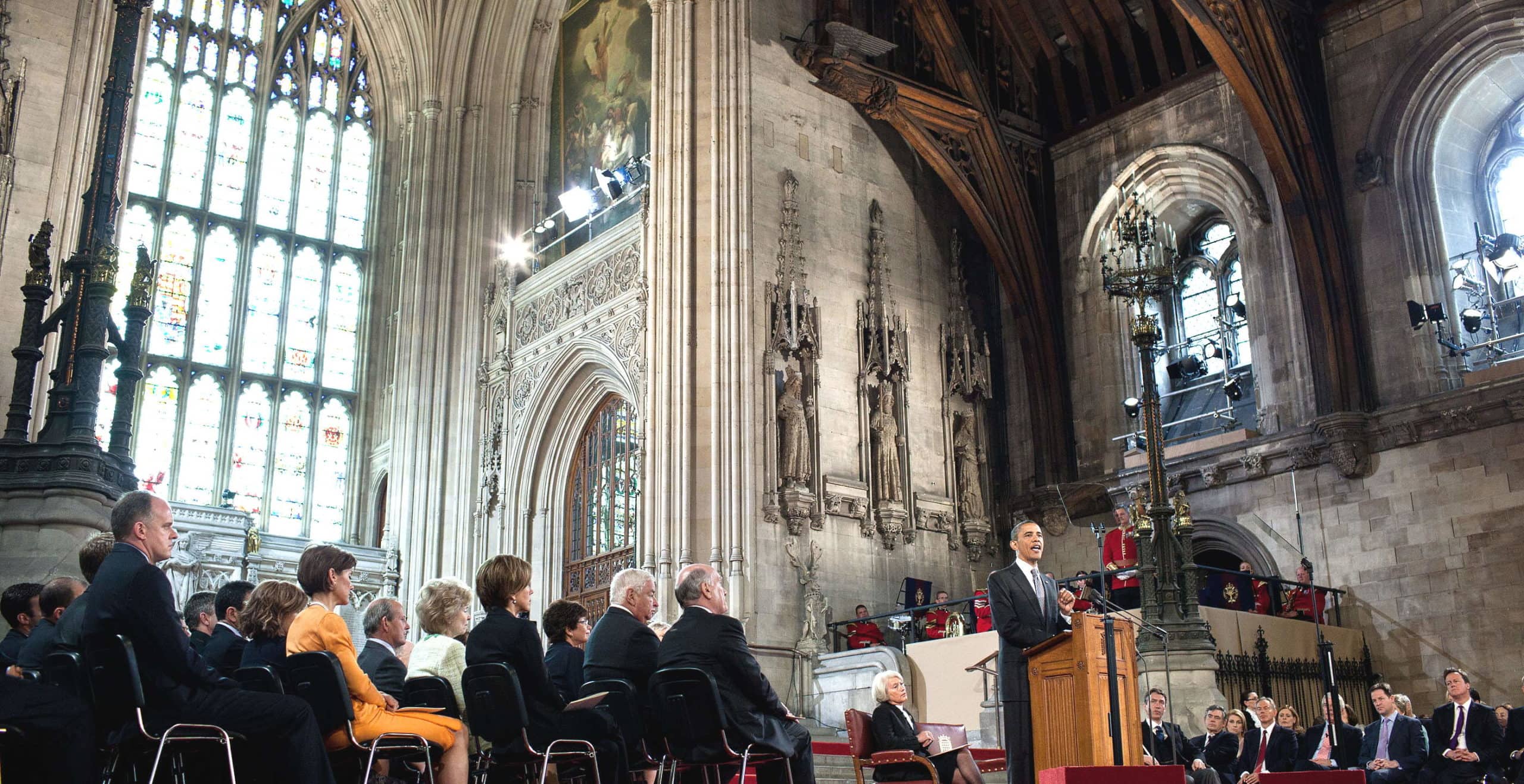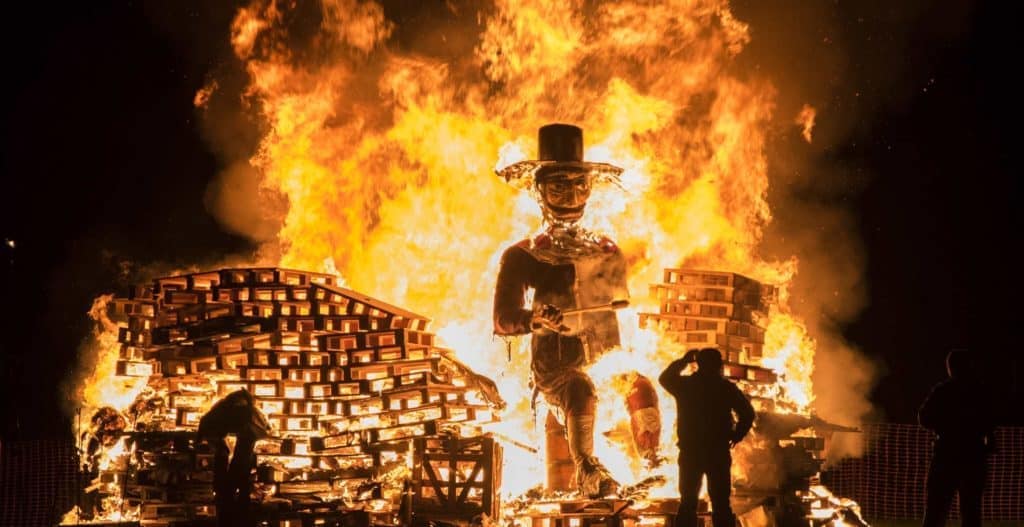Remember, Remember, the 5th of November, Gunpowder, Treason and Plot!
Fireworks can be seen all over France every July 14th as the nation celebrates Bastille Day. Across the USA some ten days earlier on the 4th July, Americans celebrate their Independence Day. In Britain the words of a children’s nursery rhyme “Remember, Remember the 5th of November, Gunpowder, Treason and Plot” are chanted as fireworks fly and bonfires gradually consume a human effigy known as the ‘Guy’.
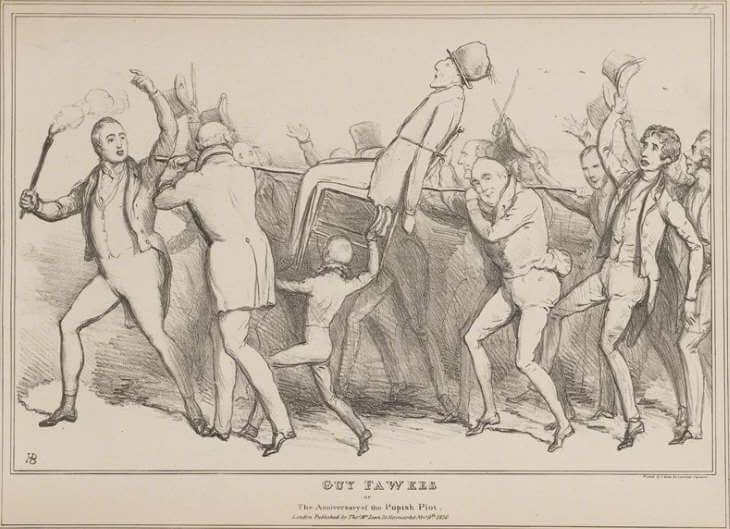
So who was this Guy? And why is he remembered so fondly 400 years after his death?
It could be said that the story started when the Catholic Pope of the day failed to recognise England’s King Henry VIII‘s novel ideas on separation and divorce. Henry, annoyed at this, severed ties with Rome and appointed himself head of the Protestant Church of England. Protestant rule in England was maintained and strengthened through the long and glorious reign of his daughter Queen Elizabeth I. When Elizabeth died without children in 1603, her cousin James VI of Scotland became King James I of England.
James had not been long on the throne before he started to upset the Catholics within his kingdom. They appear to have been unimpressed with his failure to implement religious tolerance measures, getting a little more annoyed when he ordered all Catholic priests to leave the country.
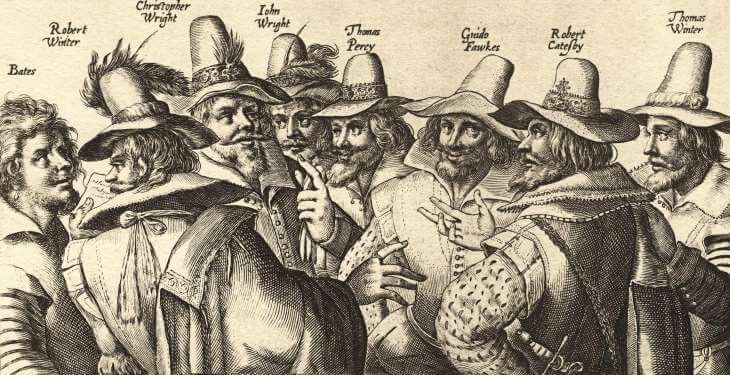
The plot was apparently revealed when the Catholic Lord Monteagle was sent a message warning him to stay away from Parliament as he would be in danger, the letter being presented to Robert Cecil, James I’s Chief Minister. Some historians believe that Cecil had known about the plot for some time and had allowed the plot to ‘thicken’ to both ensure that all the conspirators were caught and to promote Catholic hatred throughout the country.
And the Guy? Guy Fawkes was born in Yorkshire in 1570. A convert to the Catholic faith, Fawkes had been a soldier who had spent several years fighting in Italy. It was during this period that he adopted the name Guido (Italian for Guy) perhaps to impress the ladies! What we do know is that Guido was arrested in the early hours of the morning of November 5th 1605, in a cellar under the House of Lords, next to the 36 kegs of gunpowder, with a box of matches in his pocket and a very guilty expression on his face!
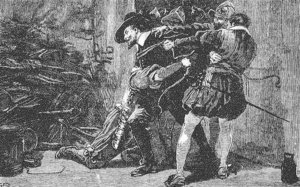
Under torture Guy Fawkes identified the names of his co-conspirators. Many of these were the relations of a Catholic gentleman, Thomas Percy. Catesby and three others were killed by soldiers while attempting to escape. The remaining eight were imprisoned in the Tower of London before being tried and executed for High Treason. They experienced that quaint English method of execution, first experienced almost 300 years earlier by William ‘Braveheart’ Wallace: they too were hanged, drawn and quartered*.
*Hanged, drawn and quartered: Victims were dragged on a wooden hurdle behind a horse to the place of execution where they were first of all hanged, then their genitals were removed, they were disembowelled and beheaded. Their bodies were finally quartered, the severed pieces often displayed in public.
Published 30th October 2020
